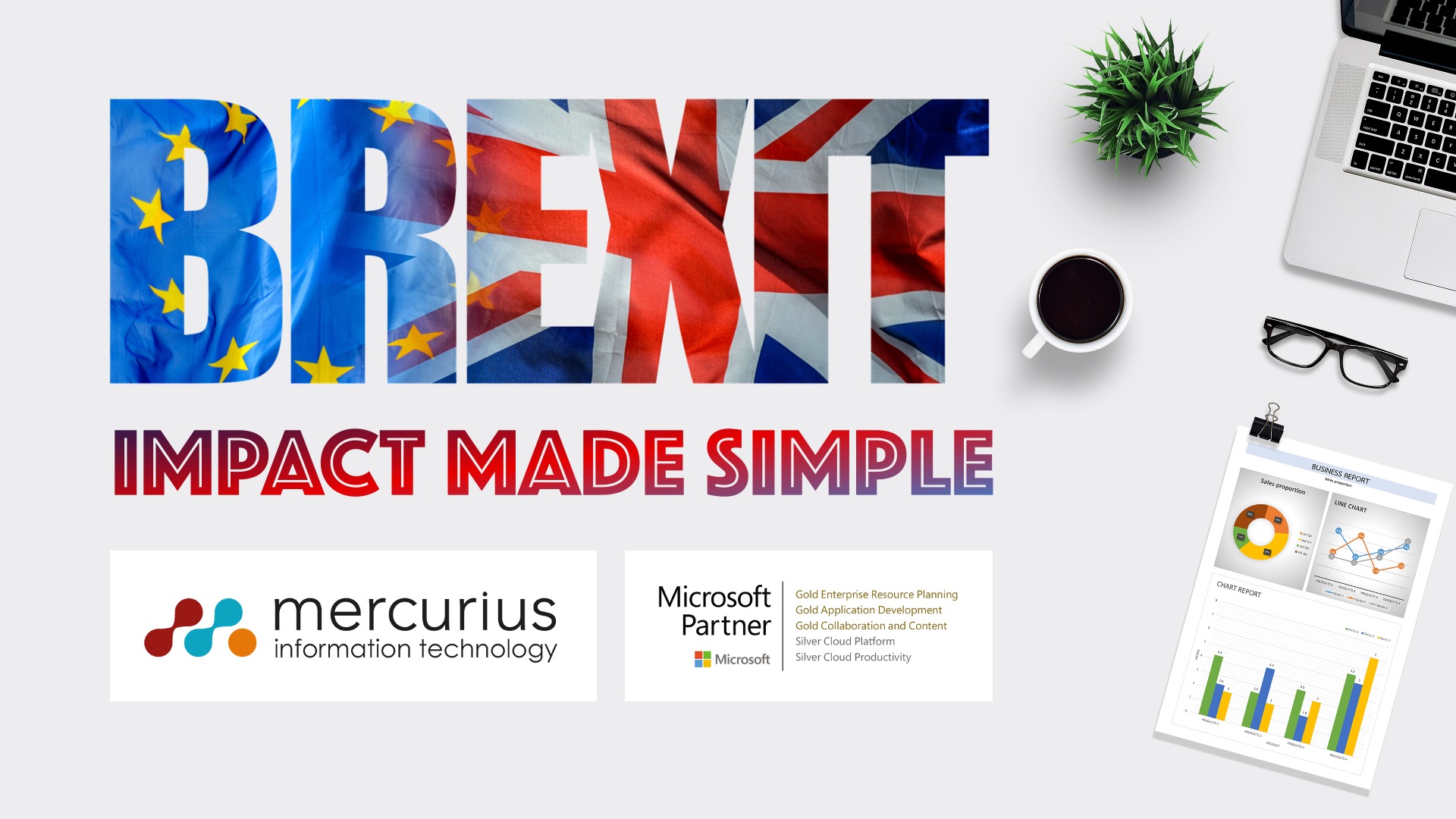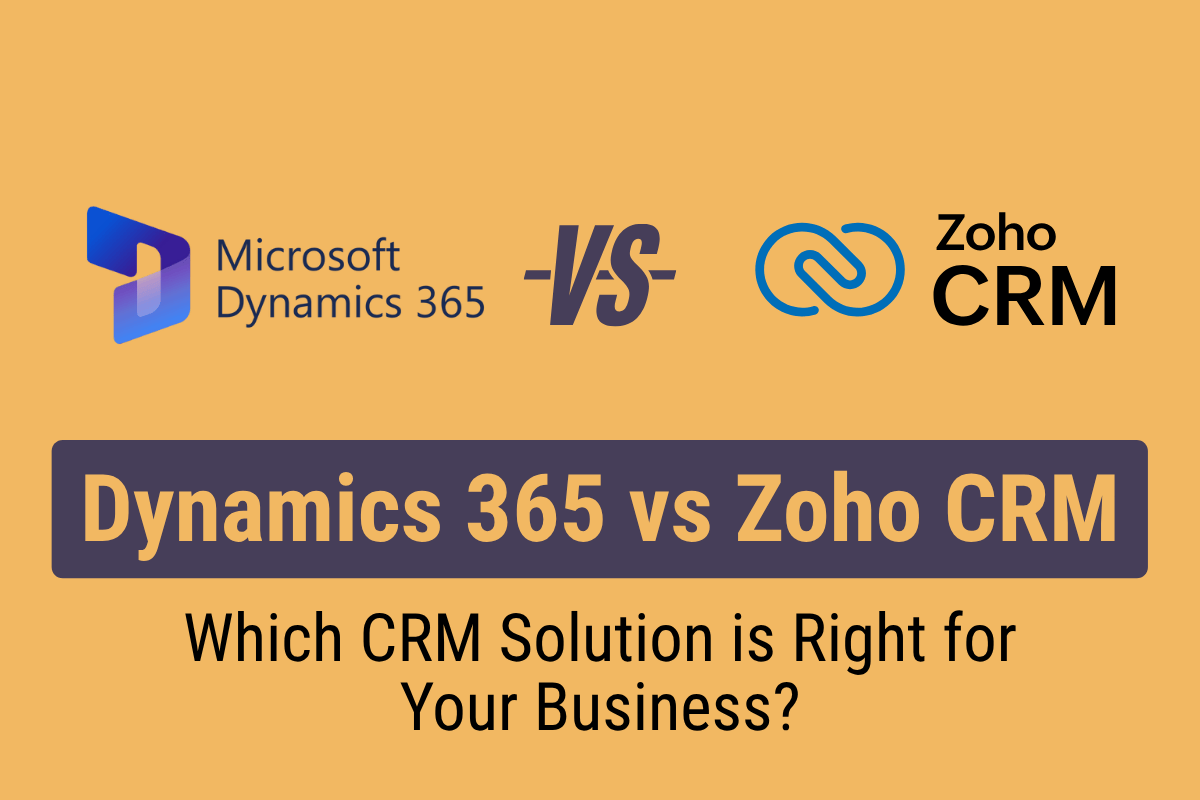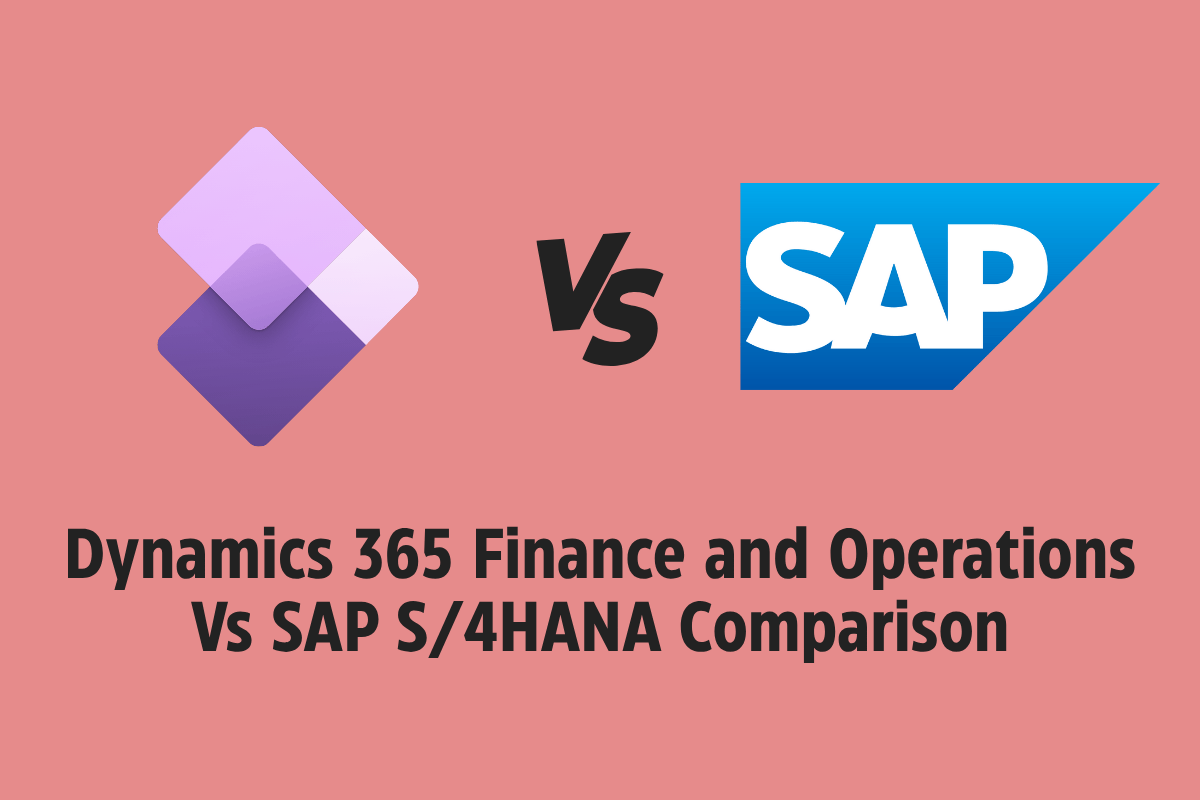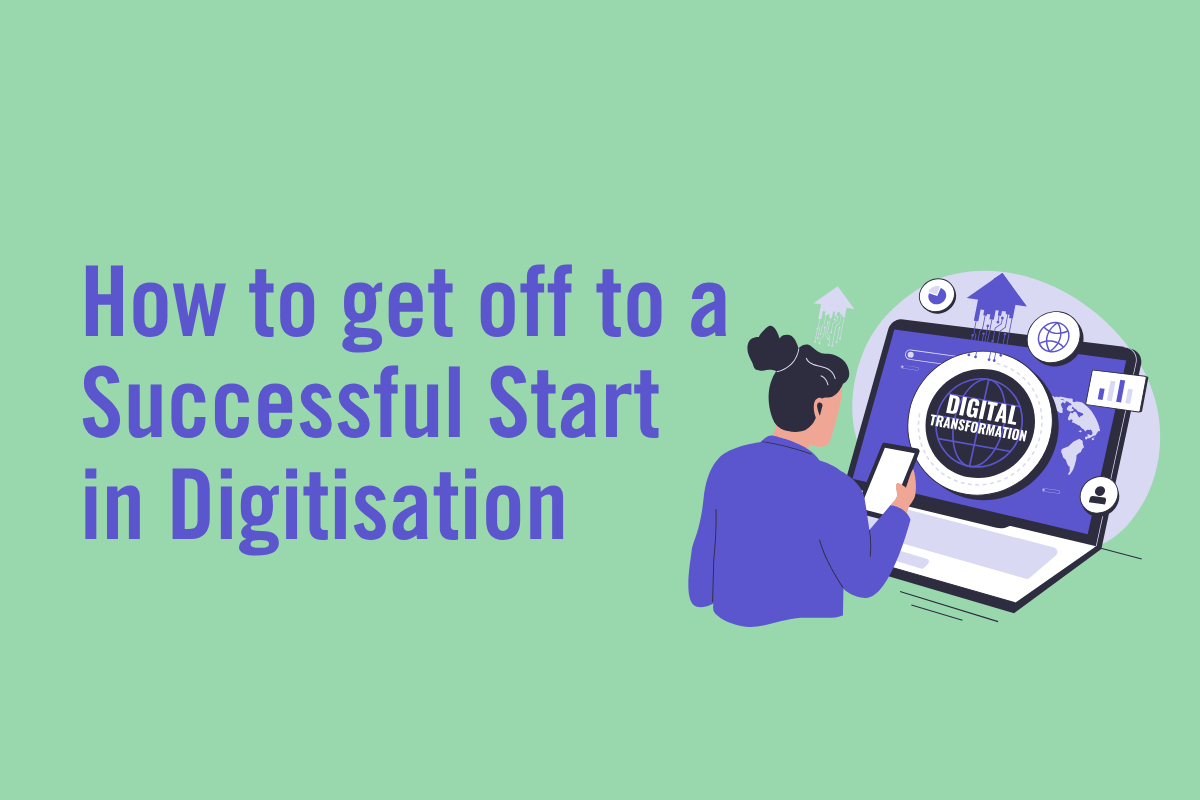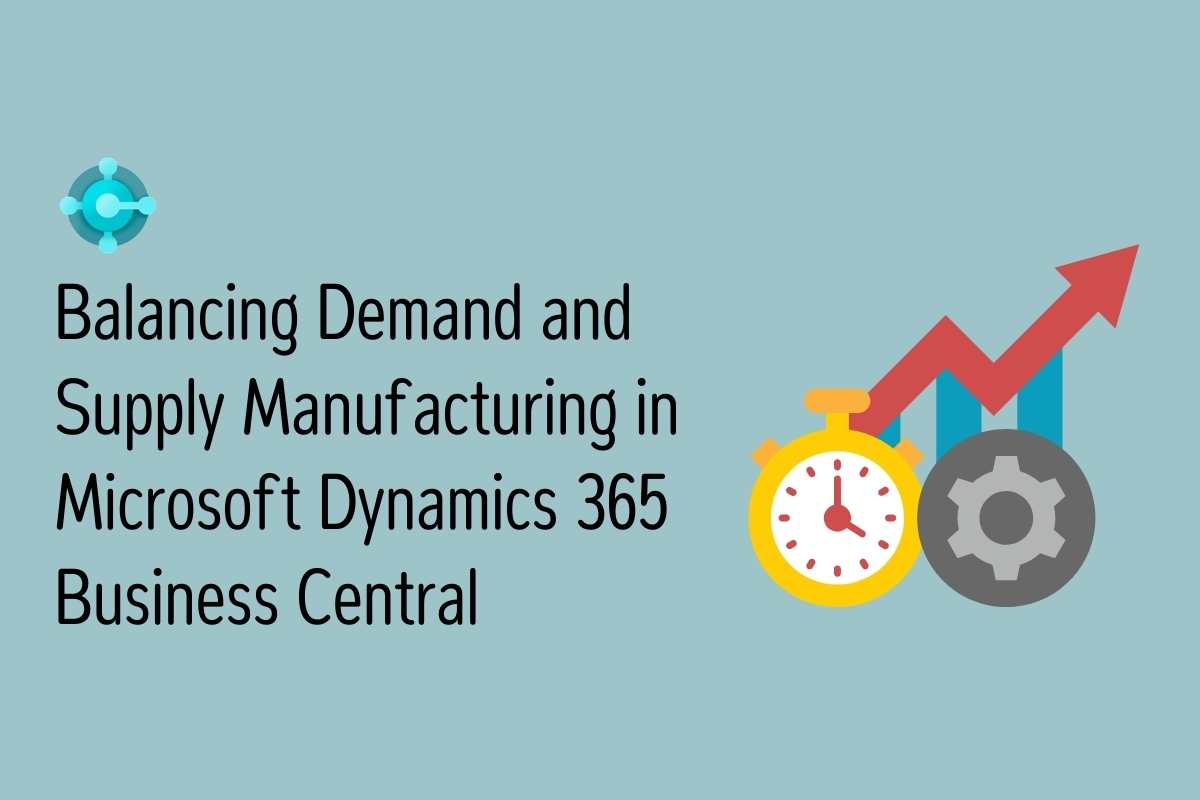Following on from our previous blog, a trade deal between the UK and EU is still nowhere in sight!
Everyone hoped for an answer on Sunday 13th December 2020, but it hasn’t been provided.
The UK voted in favour of Brexit on 23rd June 2016. And 1,652 days after the historic vote, we will face the reality of Brexit. There has been a lot of uncertainty surrounding the new VAT setup changes on importing goods to the UK from Europe. With less than 3 weeks to go, do we know what changes we need to apply to our ERP Systems to comply with the new reality?
During this time of uncertainty, one thing is certain… Mercurius IT is prepared to help UK and EU customers deal with any changes required in their Microsoft Dynamics NAV or Dynamics 365 Business Central ERP Systems.
From everything we’ve read so far on UK Government webpages, VAT regime for importing goods is set to change from 01/01/2021.
In this blog, we’ll go through VAT scenarios which would need to be reviewed and changed.
Key points to note and action:
- From 01/01/2021, VIES (VAT Information Exchange System) VAT Number Validation Service for verification of VAT Registration Number will be available only for businesses in EU Member Countries. UK businesses will no longer be included in that
- EC Sales Reporting will end Post-Brexit. The last report will be for period ending 31/12/2020 & needs to be submitted before 21/01/2021.
- What will happen to Intrastat Reporting?
– Business Importing into GB needs to prepare Intrastat Report until December 2021.
– GB Business exporting goods to EU or NI no longer require Intrastat Reporting.
– NI Business involved in moving goods to & from EU countries will continue with Intrastat Reporting, at least until 2025.
One of the most critical areas is changes in VAT. The entire subject revolves around fundamentals of Postponed VAT Accounting.
Let’s take a deep dive and explore the world of Pre and Post Brexit VAT.
- Goods Purchased from EU Countries:
– If you are registered for VAT in the UK and receive goods from countries in the EU, you account for the VAT through your VAT Return.
– You need to account for the VAT at the same rate that you would have paid if you had purchased the goods from a UK supplier.
– This VAT is known as Acquisition Tax and you can reclaim this if the acquisition relates to VAT taxable supplies that you make.
– You must account for the Acquisition Tax on the VAT Return for the period in which you acquired the goods and may treat this as Input Tax on the same VAT Return.
– These 2 are currently covered Under Box 2 & Box 4 of VAT Return respectively:
Box 2: VAT due on acquisition from other EU Member States
Box 4: Total VAT due (including EU acquisitions)
– Additionally, you may have to complete an Intrastat Supplementary Declaration, if your acquisition of goods from the EU exceed a specified annual amount.
Box 8: Total value of supplies excluding VAT to EU
Box 9: Total value of acquisitions excluding VAT to EU - Goods Purchased from Non-EU Countries:
– If you import goods from non-EU countries, they’re normally charged at the same rate as if they were supplied in the UK.
– You can reclaim the VAT paid on the goods you’ve imported as Input Tax.
– You will need the Import VAT Certificate (Form C79) to show that you have paid the Import VAT.
– If you plan to import any goods from countries outside the UK and EU, you need to get an EORI (Economic Operator Registration and Identification) number to deal with EU customs authorities. - Services received from overseas suppliers (EU as well as Non-EU Countries)
– When you buy services from suppliers in other countries, you may have to account for the VAT yourself – depending on the circumstances (called as Reverse Charge).
– Currently you report them as follows:
Box 1: VAT due on sales and other outputs
Box 4: Total VAT due (including EU acquisitions)
Box 6: Total value of sales excluding VAT, including Row 8
Box 7: Total value of purchases excluding VAT, including Row 9
- From 01/01/2021, you’ll need to make changes to your VAT Return if you’re a UK VAT registered business and account for Import VAT on your VAT Return.
- You’ll need details of the imports to be included in the VAT Return.
- This includes:
– Any customs entries you have made in your own records
– Copies of your Monthly Postponed Import VAT statement, when available
Box 1: now needs to include VAT Due on Sales & Other Outputs (i.e. VAT on Imports from both EU & Non-EU Countries). It includes VAT due in this period on imports accounted for through Postponed VAT Accounting.
– You’ll be able to get this information from your online monthly statement, or you must estimate the amount if you do not have a statement; and have delayed your customs declaration.
– Box 4: Total VAT due (incl. EU acquisitions): Includes VAT reclaimed in this period on imports accounted for through postponed VAT accounting. You must estimate the amount if you do not have a statement and have delayed your customs declaration.
– Box 7: Total value of purchases excl. VAT, incl. Row 9: Includes the total value of all imports of goods in this period, not including any VAT (i.e. Imports from both EU & Non-EU Countries) - UK has allowed Importers to defer Import Custom Declarations until June 2021.
- If you delay your customs declaration:
– If you import goods that are not controlled into Great Britain from the EU between 1 January and 30 June 2021 and delay your customs declaration you must account for import VAT on the return which includes the date you imported the goods.
– To complete the boxes on your VAT Return, you’ll need to estimate the import VAT due from your records of imported goods.
- Postponement VAT Accounting:
– Postponement VAT Accounting for Import: You’ll declare and recover Import VAT on the same VAT Return, instead of you pay it upfront and recover it later.
– Prior to 01/01/2021, Importer had to pay Import VAT (& wherever appropriate Import Duty, as well) to import goods from Non-EU Countries.
– Import VAT is then recovered on VAT Return (Using C79 Certificate as evidence that VAT has been paid)
– However, new rules are to be introduced so that VAT will be accounted under a Postponed Accounting System for all Imports (i.e. Postponement of VAT Accounting will be applicable for Imports made from Non-EU countries too)
– Therefore, in Dynamics NAV or D365 Business Central appropriate changes are required. - Importer provides its VAT number and EORI Number with respect to its Import Declarations. Importer will then receive an Online Monthly Statement from HMRC.
- The VAT details on this Statement will then need to be accounted on VAT Returns.
- The Postponed Accounting System for Imports from Non-EU Countries will be similar to the method of accounting for VAT that businesses currently employ with respect to the acquisition of goods from the EU.
- We believe, an advantage that exists for Postponement VAT Accounting for acquisition from EU is now available for Importers from Non-EU Countries too. So, there is a “level playing field” and goods imported from the EU are not favored!
- So, overall, “Post-Brexit EU Trade” will be treated in the same way as “Pre-Brexit Non-EU Trade”!
Who can account for import VAT on their VAT Return:
- From 1 January 2021, if your business is registered for VAT in the UK, you’ll be able to account for import VAT on your VAT Return for goods you import into:
– Great Britain (England, Scotland and Wales) from anywhere outside the UK
– Northern Ireland from outside the UK and EU - Another unique scenario of “Reverse Charge in respect of Shipment having low value Consignments (£135 or Less)”:
– From 11pm on 31/12/2020, UK supply VAT is due at the point of sale on consignments of goods with a value of £135 or less that are outside Great Britain (England, Scotland and Wales) and are sold in Great Britain.
– Where those goods are sold through an online marketplace, the online marketplace will be liable for the VAT. Online Marketplaces will also be liable for the VAT on goods of any value that are located in the UK at the point of sale and sold by an overseas business through an online marketplace.
– However, where the consignment is made by an overseas business to a GB business then it may be possible for the overseas business to escape VAT registration OR escape agreement with Online Marketplace, if the GB business accounts for VAT as a ‘Reverse Charge’.
So, in a nutshell, with Postponement VAT Accounting, if the imported goods are sold in the UK domestic market, the import VAT burden will be passed on to the end consumer through domestic VAT applicable in UK!
HMRC has shifted point of taxation from Point of Import to the Point of Sale.
Watch this space for more details on the impact of Brexit!
Feel free to contact us if you need any help or guidance: [email protected] OR [email protected]
Jay Tahasildar, Mercurius IT: https://www.linkedin.com/in/jay-tahasildar-697955/

